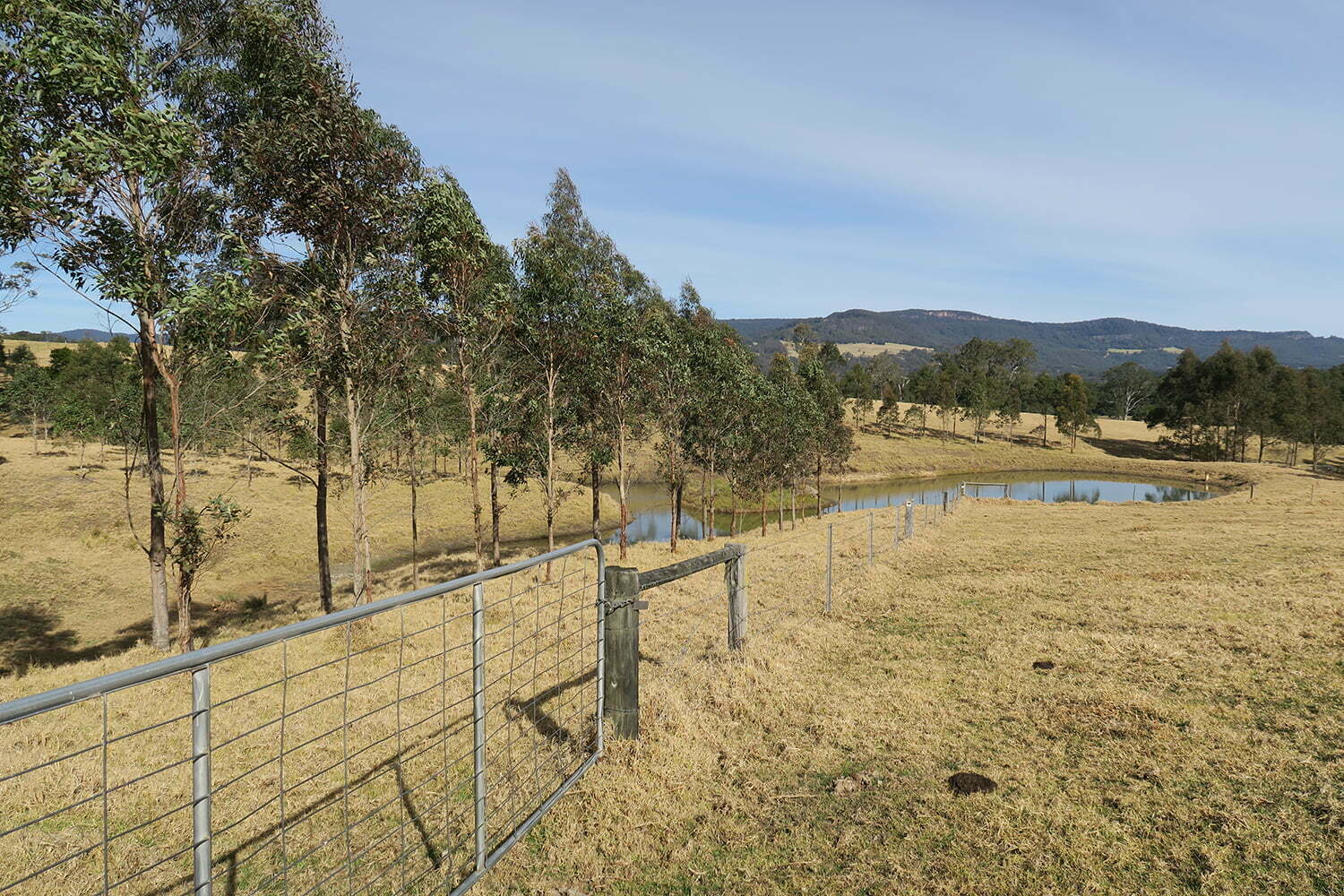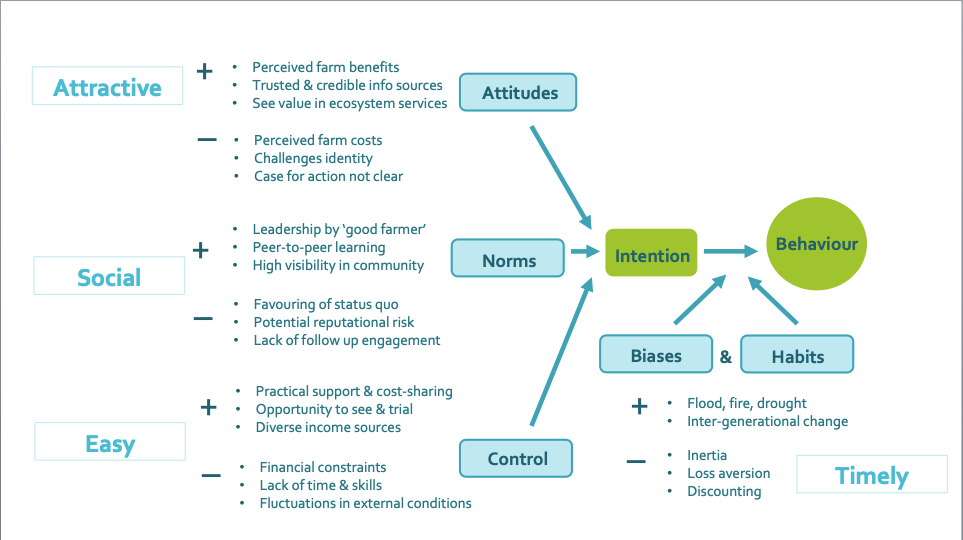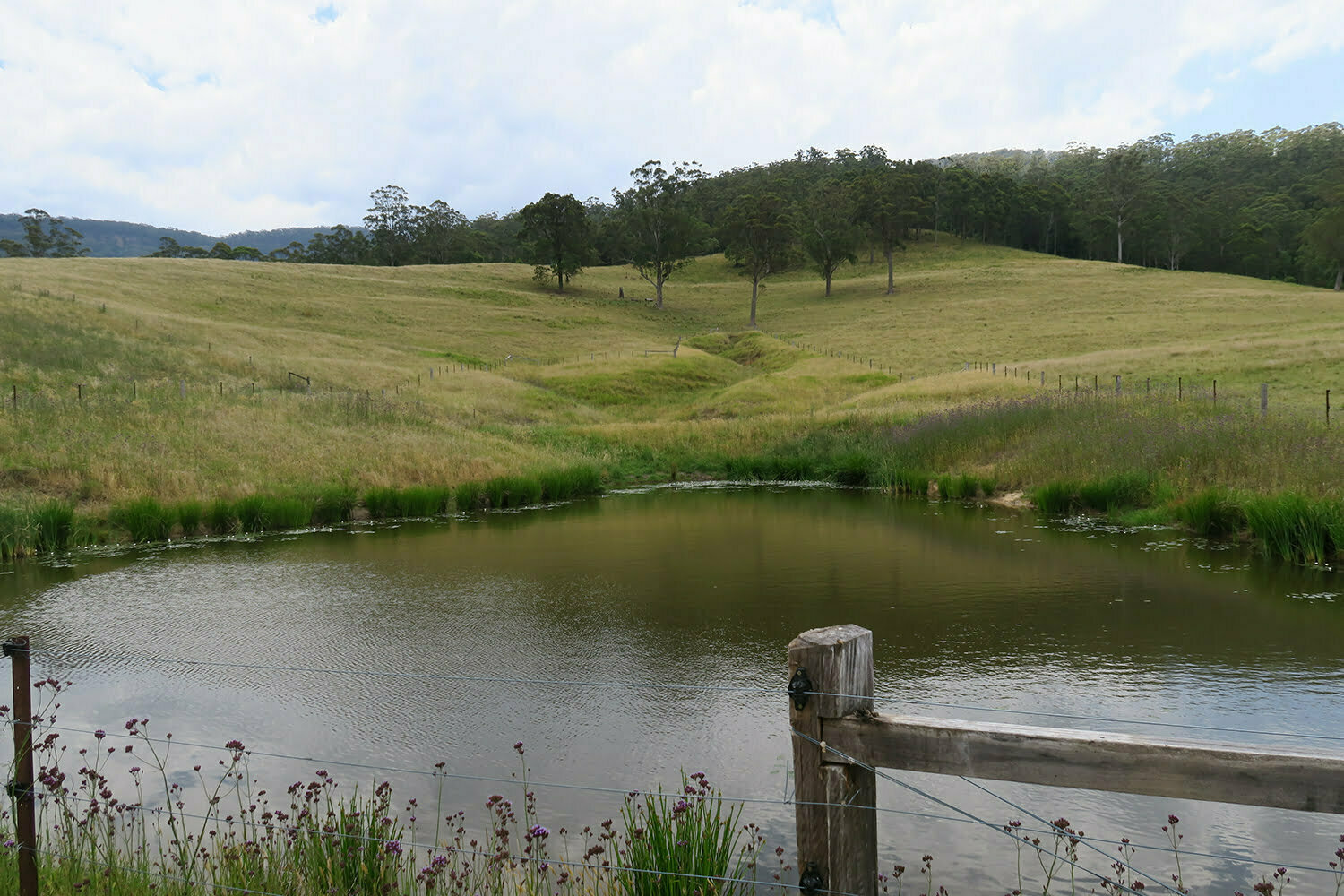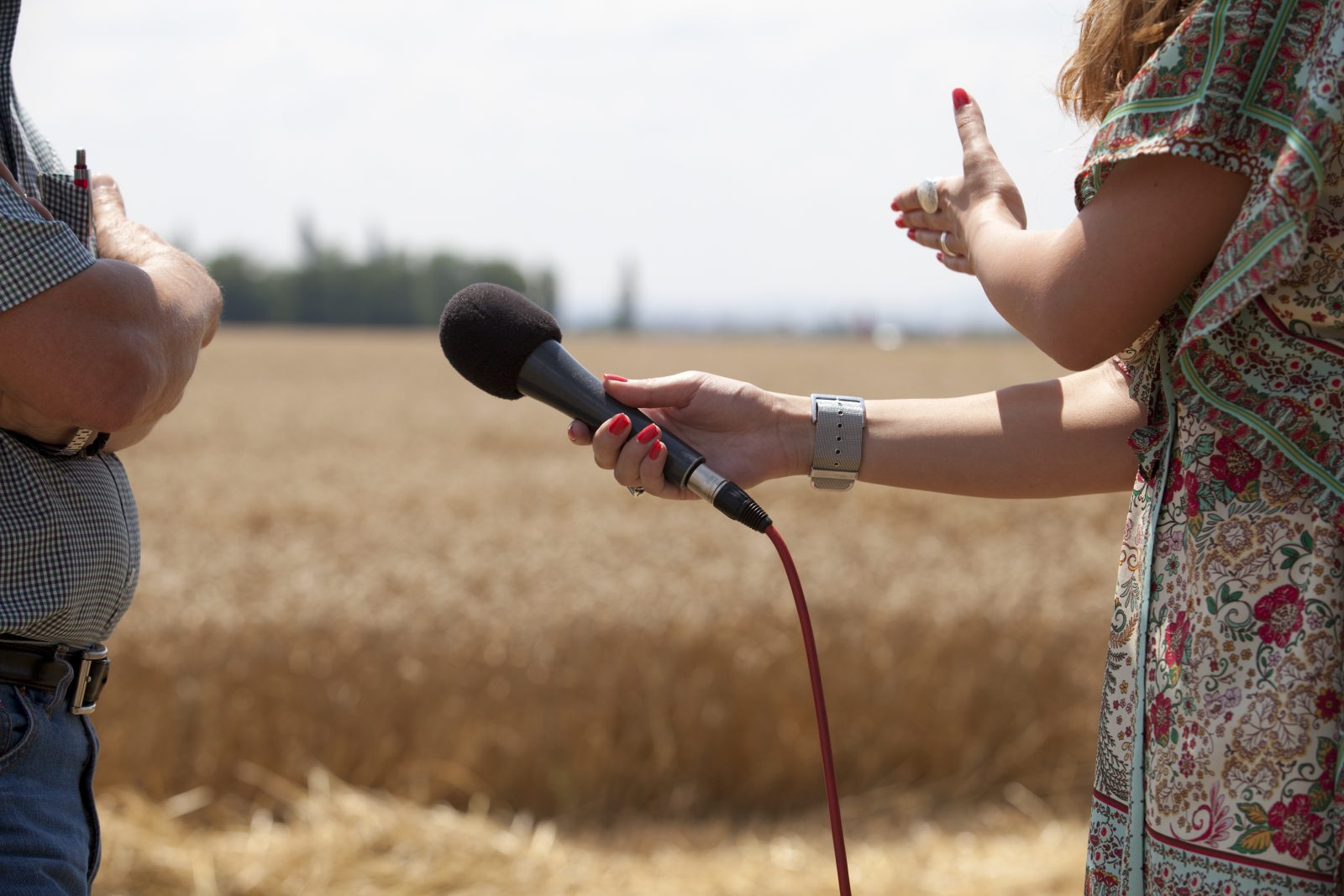A study in March 2020, conducted by Monash University’s BehaviourWorks, on behalf of the Victorian Department of Environment, Land, Water and Planning , investigated the attitudes and beliefs of landholders in the Goulburn Broken Catchment Region towards restoring and fencing riparian areas to restrict stock access to waterways. The study interviewed 10 current participants of the Catchment Management Authority’s fencing program, and 10 non-participant in the program. Although a small sample, we thought what they found would be useful for anyone working in riparian management…
Attitudes to riparian fencing…
Riparian fencing is an effective way to control the harmful effects of stock access to waterways, minimising the degradation and erosion of riparian land, as well as protecting water quality and instream habitat. Riparian restoration work is, however, heavily reliant on landholders voluntarily undertaking work on their land. These works can be costly, and often involve fencing off riparian areas to restrict stock access. Associated activities like weeding and revegetation works in the fenced areas are generally required and, in some cases, the installation of off-stream watering infrastructure for livestock.

Fencing in place to protect waterways on this dairy farm. Off-stream water is provided to troughs. Photo: Stuart Naylor
The study used a ‘Reasoned Action Approach’, which organises the landholders perceptions into behavioural beliefs, normative beliefs and control beliefs.
- Behavioural beliefs refer to the possible positive and negative outcomes of fencing.
- Normative beliefs refer to the perceived sense of social approval or disapproval to fence riparian areas to restrict stock.
- Control beliefs indicate the landholders overall perception of the factors that make it easier, or difficult to fence their riparian areas.
What the study discovered
There was a large variety of landholders amongst the study’s interviewees, with varying types of livestock. The study comprised 11 primary producers, 6 hobby farmers, 2 farm managers of an absentee landholder, and 1 absentee landholder with a farm manager. There was also a variety of property types, with stock size ranging from 0 to 2000, river frontage length ranging from 0 km to 180km, and farm size from 5 acres to 3000 acres. The properties were connected to different waterways, including the King Parrot, Goulburn and Yea Rivers.
Ninety percent of fencing and non-fencing study participants agreed that putting in a fence in place to prevent livestock from accessing waterways would improve natural habitat, and be a positive outcome. Three fencing participants and 5 non-fencing participants nominated better stock management as a being of beneft. Other positive outcomes mentioned by the participants in the fencing programs included aesthetic reasons, and better stock health. Whilst 2 non-participants mentioned stopping erosion, and 4 mentioned no positive outcomes at all.
Some participants and non-fencing participants saw loss of access to riparian land and their property as a negative outcome to putting a fence in place. Other non-fencing participants had concerns about their property losing value through fencing the riparian area. Fire danger was another significant concern for both fencing and non-fencing participants.

The landholder of this property has protected the drainage lines running into the dam to improve water quality. Photo: Stuart Naylor
An important finding from the study was that the attitudes of neighbours or community members was noted as largely disapproving for implementing the fencing program. It was interesting that although this dispproval existed, both participants and non-participants in the fencing program said it was not a strong factor in their decision making processes.
What support do landholders want?
When asked what factors and support would make it easier for study participants to put a fence in place, 6 participants and 1 non-participant mentioned financial support and on-ground work assistance. Other factors mentioned by participants were help with weed management and revegetation, as well as support for off-stream watering. Two non-participants said they wanted ongoing help with fence management and would need an extra pair of hands to help maintain and replace the fence as required. The point was made that maintaining fences can be a lot of work for one landholder.
The graphic below brings together the findings of the study and shows the positive and negative perspectives of participants and non-participants about fencing. Often when we work with landholders we start by trying to change behaviours, however, what this work has demonstrated is that by understanding the attitudes and beliefs that underpin behaviour, we can better target our messages and incentives to support those wanting to get involved in protecting riparian areas.

Image source Leonie Duncan, Riversymposium 2020
Implications
Although a small sample, this study supports the approach by many Natural Resources Management agencies of providing incentives for landholders to manage their riparian areas differently to the rest of the farm. Ongoing support for landholders with issues like weed and feral animal management were also highlighted as important, as putting up the fence is easy in comparison to maintaining and managing these issues.
In summary, the study’s recommendations were:
- To provide ongoing support with weed and wildlife management.
- To focus on the multiple benefits of riparian restoration.
- To raise awareness about available landholder support options, especially as it relates to alternative water.
- To make fencing mandatory, but support landholders to take responsibility for weed management and revegetation through a stewardship payment where they are recompensed for doing this work.
- To invest in targeted communication that places a focus on what landholders are losing by not fencing off riparian areas – this is because the pain of losing something is more powerful than the thought of gaining something.
- To consider partnerships with businesses like Real Estate Agents as people are most receptive to information (like managing riparian areas differently) when purchasing a property. Perhaps educating real estate agents about the value of fenced-off riparian areas could be a new strategy to consider in our quest to care for our waterways.

Riparian Fencing: The backbone of good waterway management
Fencing to control stock access to your riparian area is a key management strategy that – with good planning – will enable you to achieve multiple environmental and productivity objectives. Section 5 of our Managing Stock and Waterways Guide explains how to approach this.
